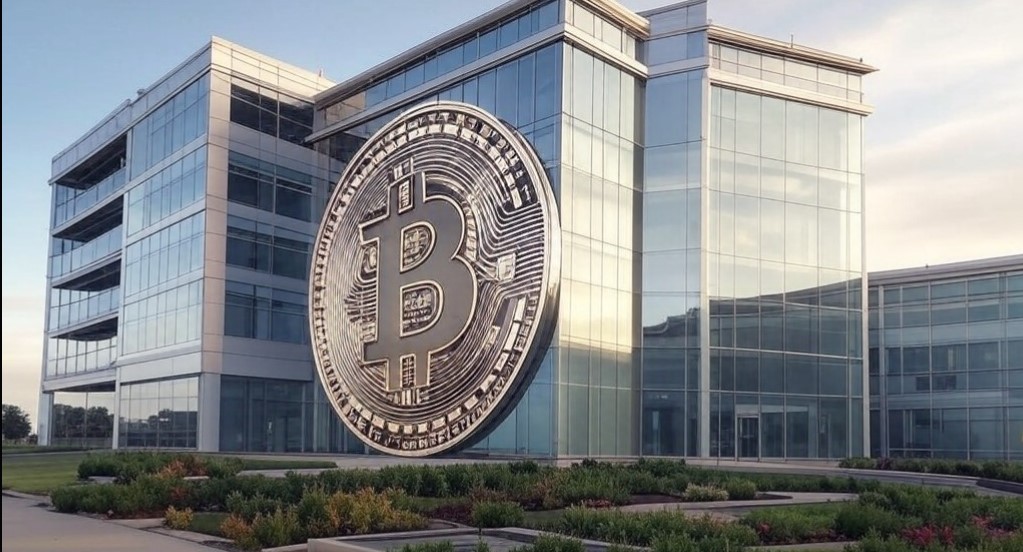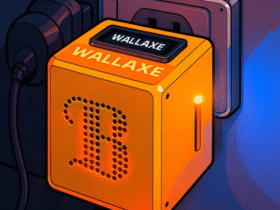The adoption of the tether (USDT) stablecoin is growing rapidly in Colombia driven by the border with Venezuela and the slowness of traditional bank transfers, which take up to 48 hours, according to Miguel Ángel Gutiérrez, CTO of the Colombian fintech Relámpago Payments.
“The proximity to Venezuela has a total influence; there you can already pay to homes, that is, delivery with USDT,” declared Gutiérrez recently during the Blockchain Summit Latam 2025 event, held in Medellín.
The manager explained that the slowness in bank transfers affects the liquidity of thousands of companies in Colombia. And although they have Bre-B, an interoperable immediate payment system recently implemented in the country, it only operates up to 11,500 Colombian pesos. That is, it allows you to transfer a very small amount, close to three dollars, which is insufficient for business transactions or larger amounts.
That is why Gutiérrez stressed the need for the inhabitants of Colombia to have new alternatives. “We are working on infrastructure for B2B payments [negocio a negocio] and B2C [de negocio a consumidor] “immediate, with large amounts and without strict limits,” said Gutiérrez. He announced that the development of Relámpago Payments will arrive between December 2025 and January 2026.
Meanwhile, in Venezuela there is a boom in USDT payments. In fact, it is replacing banking alternatives. They do so because residents face acute inflation and a shortage of foreign currency, especially dollars, exacerbating the inherited crisis.
In addition, the National Association of Supermarkets and Self-Services (ANSA) confirmed that Venezuelans pay for purchases with cryptocurrencies in commercial establishments in the country, as reported by CriptoNoticias.
The change responds to accelerated digital adoption in Venezuela. Ítalo Atencio, president of ANSA, explained that, currently, at least three daily transactions use crypto assets in establishments in the sector. He added that three supermarket chains offer this option, although he did not reveal names. “But this is going to grow,” estimating that 10% of transactions will be with cryptocurrencies in the first quarter of 2026.
On the other hand, 90% of the remittances that Venezuela receives are already sent in USDT, according to Richard Ujueta, president of Cavecom. More than 5 million Venezuelans (20% of the active population) use Binance to receive and spend these transfers.
Now, new technologies based on cryptoassets are beginning to open opportunities that could transform the way millions of Colombians manage and receive their money, including remittances. So it stated Luisa Fernanda Cárdenas Sánchez, CEO of Grupo SU RED, a company that will launch its own digital wallet, designed for Colombian users to store and save with stablecoins.






Leave a Reply